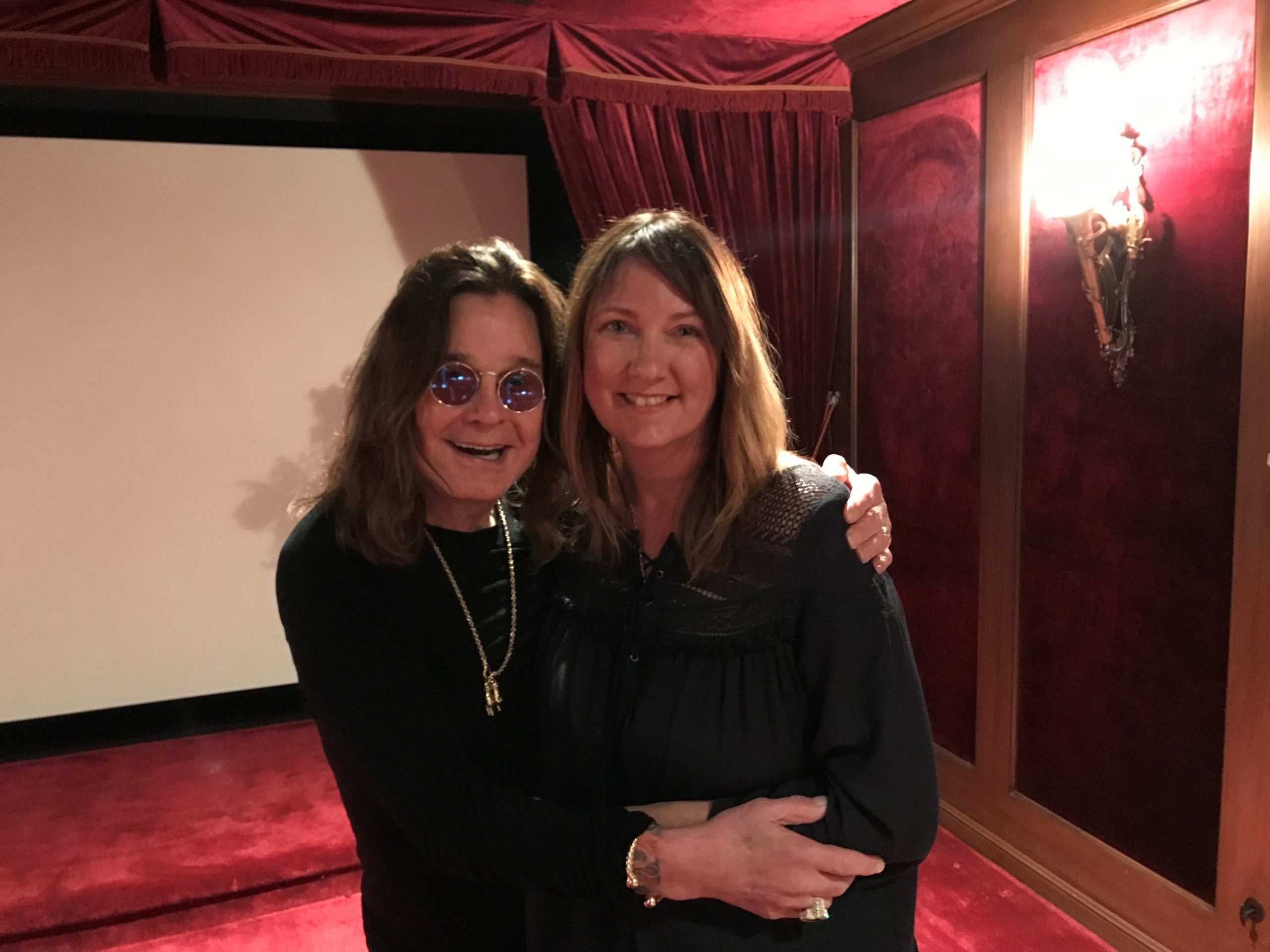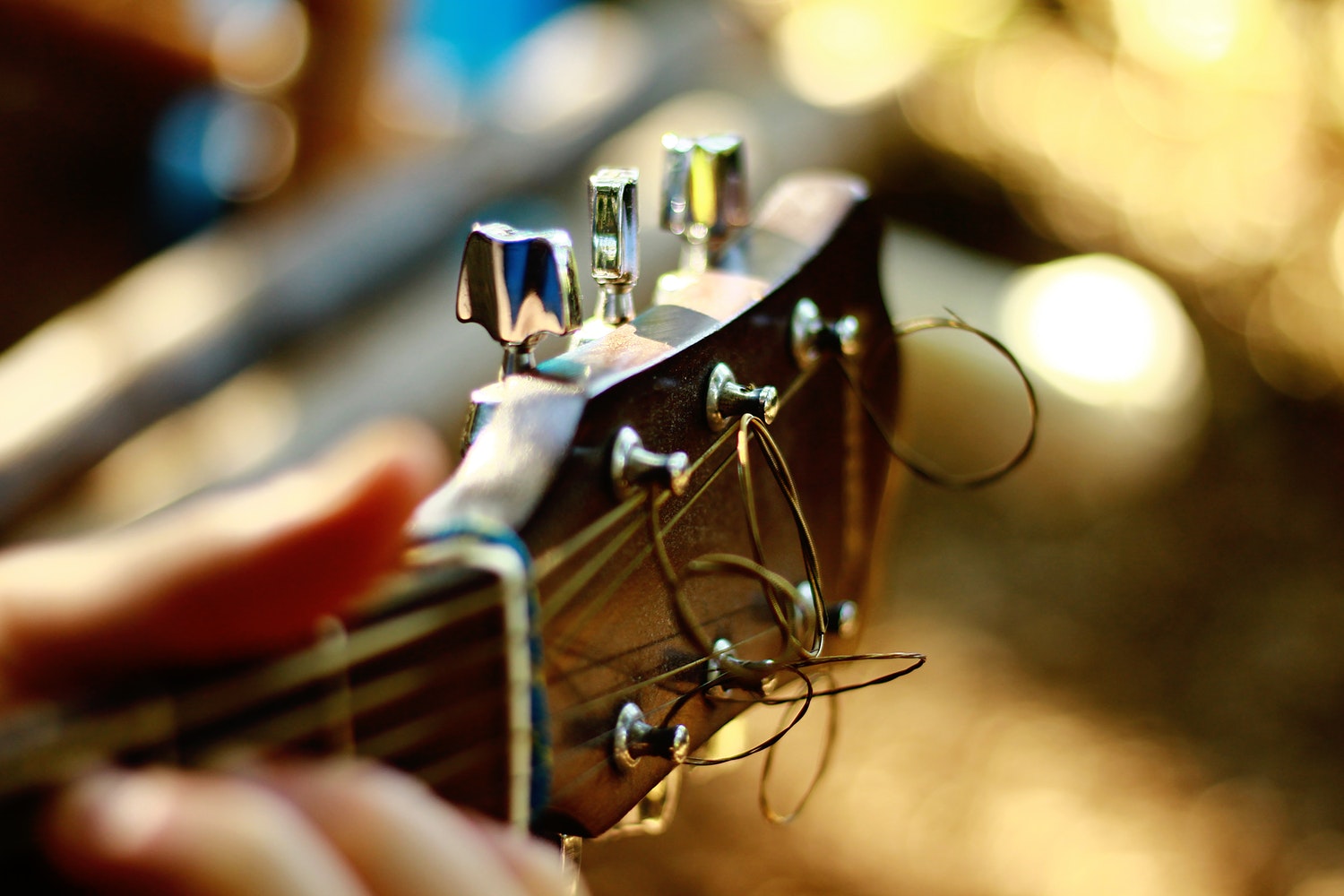As part of our Industry Experts series, we’ll be using our industry connections to find out how the music business is responding to the Coronavirus (COVID-19) – and what our experts believe it will look like post-lockdown.
So far, we’ve had the pleasure of chatting to Megan Page and how COVID-19 impacted Record Store Day 2020, Music for Nations Label Head Julie Weir on the COVID-19 world and Event Guru Stacy Horne on what a post-COVID-19 events industry could look like. Here, journalist and former Brighton Music Journalism Course Leader Jacqui Swift tell us how COVID-19 is changing the way she does her job.
It’s been a difficult time for music journalism in lockdown. Many publications have paused publication or ceased printing all together. Without live gigs and many big album releases pushed back to autumn or next year, there’s no advertising revenue and little new content for their pages.
In April, the Professional Publishers’ Association (PPA) wrote to Culture Secretary Oliver Dowden asking for support for businesses, predicting that advertising revenues were expected to drop by an average of 60% with some losing 95%. For those journalists still working, it has also been a time for adapting. Personally, as a freelance writer, it’s been a time of change in how to do interviews.
I always wanted to be a journalist because it meant meeting people – and in my 20-year career, I’ve been lucky enough to fly around the world and interview the likes of Sir Paul McCartney, Lady Gaga, Kanye West and Fleetwood Mac. So, when lockdown was announced it sent me into a panic. How was I going to do my job without leaving the house?
I’ve always tried to avoid phone interviews as it’s harder to build rapport with an artist on the phone than if you’re sat chatting to them in a bar or restaurant. Teaching at BIMM, my expertise was in interview technique and I’d share my experience of how to get the best out of an artist, how to obtain the best quotes or deal with a difficult interviewee, but I’ve never covered how to get the best out of a Zoom interview. In fact, I’d never even used Zoom before coronavirus. But during the pandemic, everyone was in the same boat, both journalists and artists.

My first video interview was with Oscar-nominated actress and singer Hailee Steinfeld from her home in LA. It went well – considering my dog was on my lap and started loudly snoring during our hour-long chat. The True Grit and Edge of Seventeen star and singer was meant to be in Europe doing interviews so had to adapt her promotional campaign to Zoom, something everyone with an album or film to promote was forced to do. Over the next week I was thrown into the deep end with more Zoom interviews with Savages singer Jehnny Beth; Jessie Ware, Groove Armada; Hinds; Ellie Goulding: Radiohead’s Ed O’Brien, Jessie Reyez and Poet Laureate Simon Armitage.
And after a few teething problems, propping up my iPad at the most flattering angle and getting the hang of switching off the mute button, I’ve managed to add Zoom to my skills and add tips to my teaching.
So, what’s my verdict on this new way of working? Nothing can beat face-to-face meetings, whether you’re sat in the pub, in the studio or on tour with an artist chatting to them on the bus, at soundcheck and covering the excitement as they take to the stage. But Zoom interviews are way better than phoners as you can see the artists and try to chat with them as if you were sat in the same room. You can have a laugh and connect with the artist, which usually makes a good feature.
Nothing can beat face-to-face meetings…But Zoom interviews are way better than phoners as you can see the artists and try to chat with them as if you were sat in the same room. You can have a laugh and connect with the artist, which usually makes a good feature.
You can also record the video call as well, which helps when it comes to writing up an interview and you’ve missed that bit of colour, like when the artist sneers at a topic or laughs at a question. Hailee Steinfeld showed me the room where she’s been learning piano at home. It also helps with any background colour – it’s like a sneak peek into their home life, which reveals a bit more about the interviewee than sitting in a random café. And who doesn’t like a nosey into people’s houses?
However, you have to be ready for technical problems. My interview with Jehnny Beth kept freezing as the singer was in the French countryside with poor wifi. Be prepared for things going wrong and have plenty of small talk at the ready and make sure you do it somewhere you won’t be disturbed. Plus, try not to break into a fit of giggles if the video freezes on any unflattering facial expressions.
I generally use press shots with my interviews but for some of the magazines, lockdown has proved a real problem in this area for the exclusive magazine cover. Q magazine has just released a brilliant issue with a cover of artists drawn by illustrator Pete Fowler who has worked with Super Furry Animals and The Horrors.
There have been some great collaborations and adaptations to the lockdown. Justin Bieber and Ariana Grande, Charli XCX and Haim have all made decent videos in lockdown. The Haim video for ‘I Know Alone’ features Danielle, Este and Alana Haim dancing on a basketball court – socially distanced – and helped their third album Women In Music Pt 3 debut at Number One in the album charts.
It’s also not all been bad news for music journalism in lockdown. I started writing for The Forty-Five, a new, all-female online magazine launched by former NME editor Charlotte Gunn last month.
With lockdown starting to lift, I’ve got my first face-to-face interview booked in with Biffy Clyro in Scotland next month. Lockdown might have seen some dramatic changes for journalism, but it’s not the end. There’s a brilliant interview with the writer Michaela Coel in the New York Magazine that saw the writer hang out with the I May Destroy You creator for 14 hours! While this amount of contact time is extreme, it shows just how important face-to-face interviews are when the product is a revealing profile piece. And no quality time via Zoom is ever going to beat that.
Thank you so much Jacqui for taking the time to chat with us. Want to hear more from our current BIMM lecturers? Check out what drives as BIMM educators.



